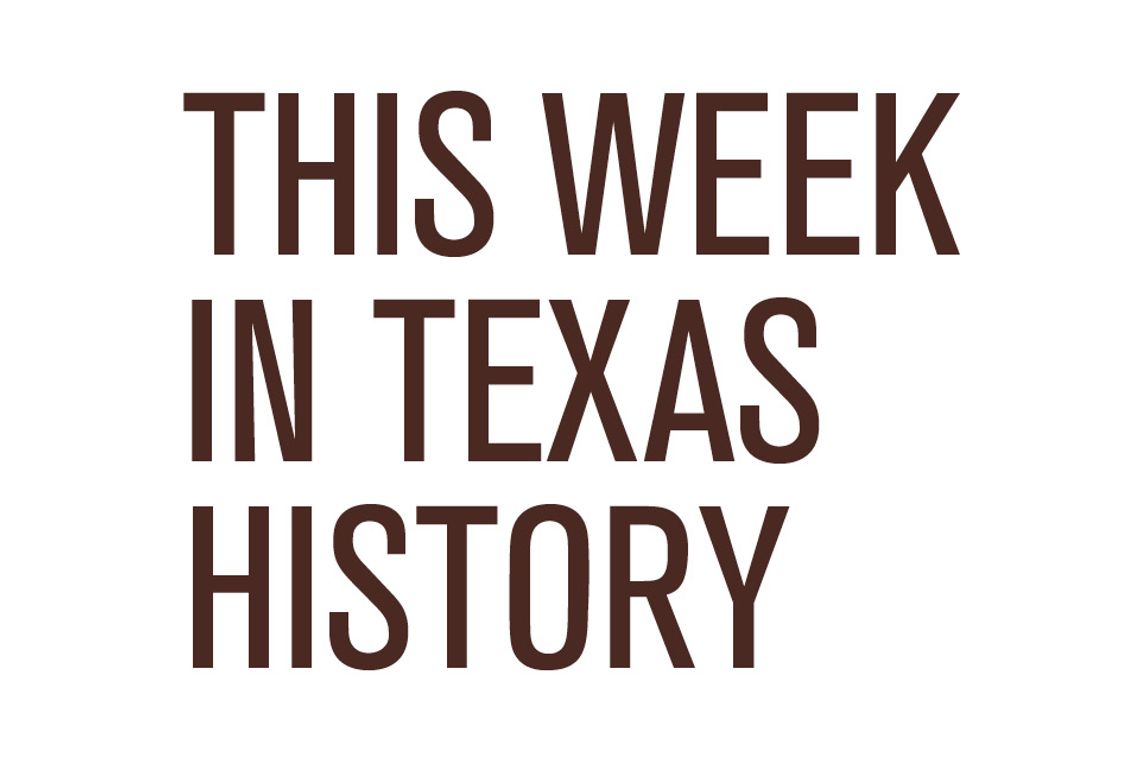On April 22, 1935, West Texans were still feeling the effects of the “black blizzard” that struck without warning the previous week blotting out the sun and causing every living creature to gasp for breath.
Drought, overgrazing and outdated farming methods stripped much of the Great Plains of the ground cover needed to keep rich topsoil in place. The inevitable result was the “Dust Bowl,” a 50-million acre desert centered
in the Texas and Oklahoma panhandles and encompassing parched portions of New Mexico, Colorado and Kansas.
Dust storms were common in the breezy midsection of North America, but no one had ever seen the likes of the “choking rollers” which plagued the plains states during the Great Depression. A freak “blizzard,” so named for its size and intensity, made the long trip from the Dakotas in May 1934 and gave Chicago, Cleveland, New York and Boston an unprecedented dusting.
Roaring out of Colorado and Kansas with 85 mile-an-hour winds, a second blizzard struck the Texas Panhandle on Sun., Apr. 14, 1935. One moment the sky was clear over Amarillo, and the next an ominous bank of churning black clouds was bearing down on the dumbfounded inhabitants.
At least one terrified woman mistook the apocalyptic sight for the end of the world. A young boy never forgot how she “dropped down on her knees in the middle of Main Street and prayed out loud, ‘Dear, Lord! Please give them another chance!’”
“The day got dark as night,” recalled a Lubbock golfer, whose round was interrupted by the four o’clock arrival of the storm. “We thought it was rain. By the time it got close enough for us to see the rolling dust, we were in the very middle and could see nothing. There was absolute blackness.”
“I was frightened by it,” shuddered a shaken student at Texas Tech. “It looked black as tar paper boiling over, all crumpled and wrapping around itself.” He cited a friend caught between a lecture hall and his dormitory by the blinding gale, who later swore he “could not see his hand in front of his face.”
From the window of his fourth-floor office in a downtown building, an eye doctor watched the daylight disappear. “It was completely black for 15 minutes, but the dark dust stayed around until nightfall.”
Visibility dropped to “zero or lower” (a curious choice of words by the Friona newspaper) leaving motorists with
no choice but to pull off the road and wait for the dust to settle. Several drivers took shelter in a store near Tahoka only to have the fine powder follow them inside and overpower the glow from a single bulb.
Airplanes fared no better than automobiles, as the freak of nature grounded even the most daring pilots. Laura
Ingalls climbed to 23,000 feet but could not escape the terrible tempest, which she called “the most appalling thing I ever saw in all my years of flying.” The aviatrix reluctantly landed at Amarillo calling off her highly publicized attempt to beat the time for cross-country flight by a woman.
Back on earth anxious mothers took special precautions with small children as the suffocating substance invaded their homes. At Lockney east of Plainview, blankets and sheets were draped over cribs to protect sleeping infants. Elsewhere, damp cloths were placed on tiny faces to filter out the airborne particles.
A significant number of livestock left out in the open suffocated to death as did many chickens. Birds adjusted their altitude to near ground level, and some died in head-on collisions with cars. A Lynn County farmer reported his rooster spent the storm in the henhouse and came out crowing as soon as it subsided in the apparent belief the sun had risen.
For Wichita Falls the storm was less a duster than a “norther” that caused the temperature to take a 46-degree nosedive late Sunday night. Alpine awoke to choking dust and two-block visibility Monday morning, while Kerrville experienced similar conditions before the black blizzard petered out in Central Texas.
The aftermath in Lubbock was typical of smaller communities throughout the stricken Panhandle. Everything from residential lawns to garments in clothing stores was a dull shade of gray. The whole town needed a good housecleaning, which for a lot of businesses involved shoveling the accumulated dust out the door.
The damage to the winter wheat crop was estimated at $20 million, a staggering sum for the mid-1930’s. For more than a few farmers hoping to keep their heads above water, the loss was the last straw.
For other Panhandle Texans, the lingering effect of the black blizzard was acutely personal, painful and occasionally fatal. Hundreds came down with “dust pneumonia,” which posed a serious threat to the health of the elderly and those with respiratory problems. Recovery was often slow and difficult, and dozens of deaths were blamed on the unusual ailment.
Bartee’s book “Texas Entertainers: Lone Stars in Profile” is full of actors, singers and writers all Texans! Order your signed copy by mailing a check for $26.30 to Bartee Haile, P.O. Box 130011, Spring, TX 77393.










